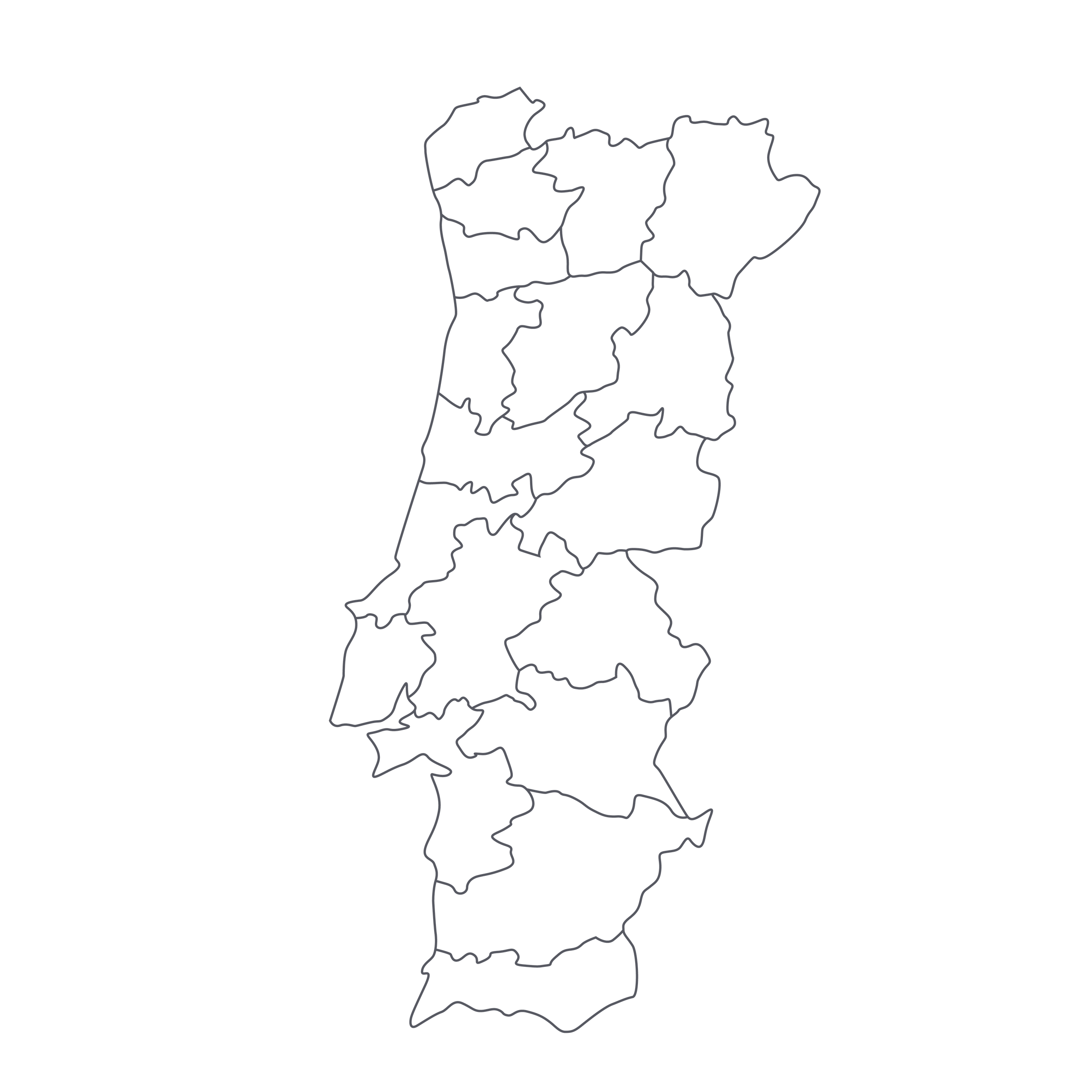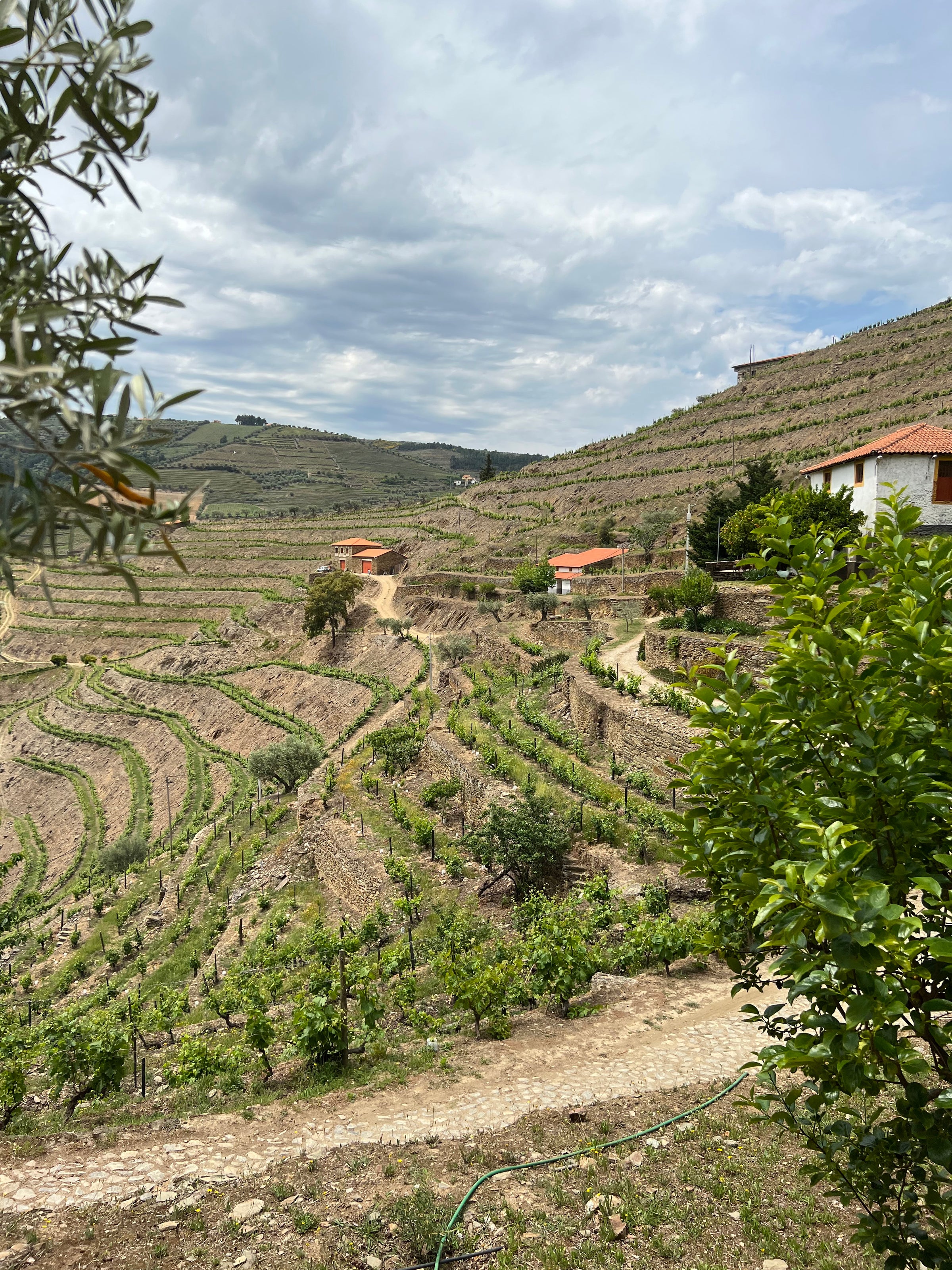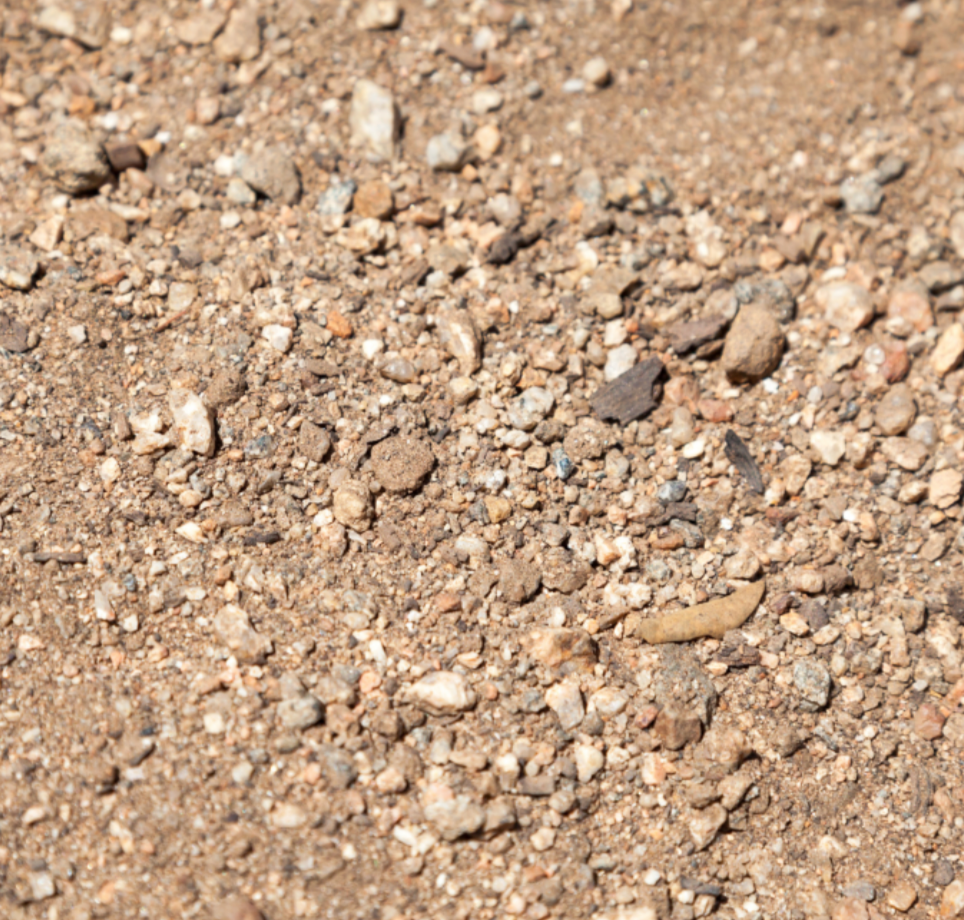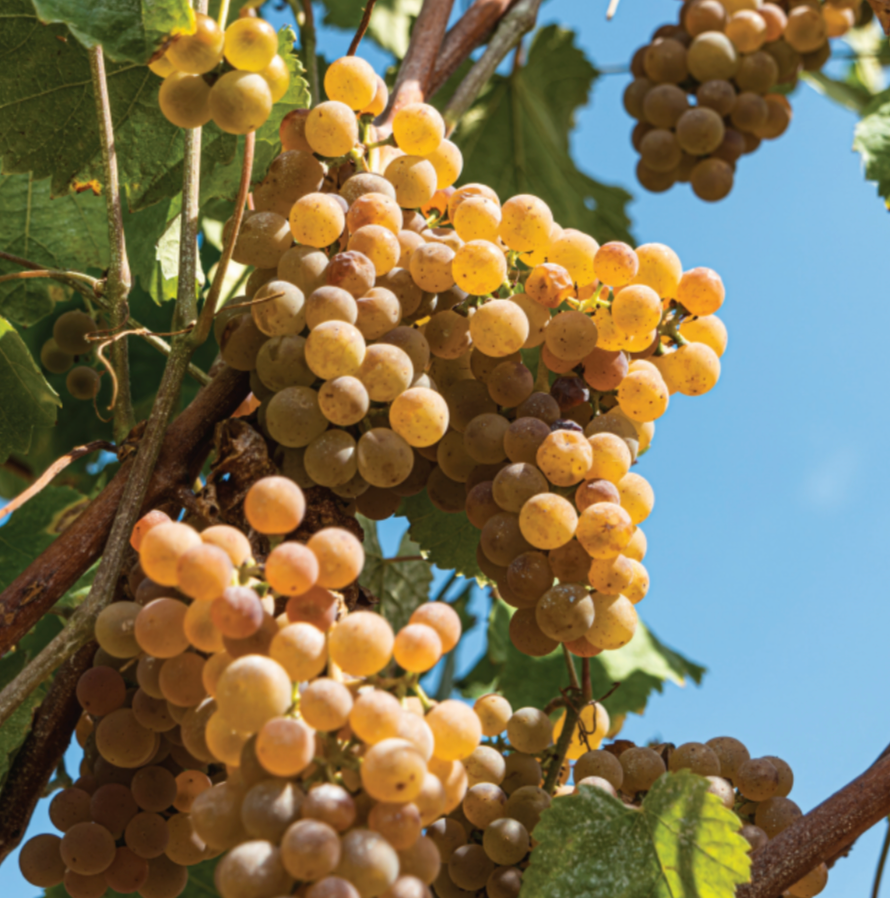I have not been able to get the Colares wine region out of my head since I visited there a few years ago. That’s partly because magical wines like this one keep finding their way to me. It’s an incredible piece of luck, not just because of the COVID-induced global shipping meltdown but because so little wine is produced in the Colares area to begin with.
The wine appellations along Portugal’s Atlantic Coast near Lisbon are some of the country’s (and the world’s) most historic, but beachfront development has mostly displaced viticulture in places such as Carcavelos, Bucelas and, most famously, Colares, where vineyards grow wild on the beach, willing their way down through layers of sand to burrow into the clay underneath. Today, we get a chance to experience this extreme terroir, and its trove of native grapes, thanks to 93-year-old António Bernardino Paulo da Silva, who continues a family winemaking tradition that dates back to 1898. While other Portuguese wine firms look for large tracts of land to plant more-mainstream varieties like Touriga Nacional (along with “internationals” like Syrah), Paulo da Silva continues to contract with a wide array of tiny local farmers growing grapes most people have never heard of. Known locally as the “baby Colares,” today’s cork-labeled red contains a prominent percentage of Ramisco, the chief red grape of Colares (and the only one with some international notoriety), along with other local cultivars such as Castelão Nacional, Trincadeira, and Tinta Miuda, grown in other Lisbon-area coastal sites. That’s a lot of information to take in, but the most important piece is this: The wine is fantastic, calling to mind some of the great reds of Barolo and Burgundy. I’ve tasted many stellar back-vintage reds from Colares (and we’ve offered some), so I’m confident in this wine’s capacity to age—but who cellars a $25 bottle of wine? Taste this and it might well be you: Even if $25 is what you’re used to paying for a glass, not a bottle, I guarantee this ’15 will leave an indelible impression. Do not pass it by.
António Bernardino Paulo da Silva continues the work of his father and grandfather, both of whom were named Antonio Bernardino da Silva Chitas. Over the estate’s long history, its wines have been marketed under many brand names, including Colares Chitas; Casal da Azenha; Carunchosa; Ribamar; and Paulo da Silva Garrafeiras. In the early years, the main export market for the wines was Brazil, but lately, shipments to the US have increased—although, with only about 20 hectares of vines in production in the entire Colares DO, and even less in some of the surrounding appellations, that’s not much wine to go around. This 2015 carries a “Vinho Regional Lisboa” indication on the label, as it is sourced from vineyards not just in Colares but Torres Vedras and Lourinha along the Atlantic coast. Paulo da Silva, who still suits up and goes to work every day at 93, is one of the few holdouts still working with the traditional varieties—and grape-growers—of the area. He is a lifeline for many small farmers who work with him exclusively under long-term contracts.
When you locate Colares on a map, you’ll see the area just out ever-so-slightly into the Atlantic, west of Lisbon—making it, famously, the western-most point in Continental Europe. It’s impossible not to be completely seduced by the heroic and deeply traditional viticulture of this region: Its sandy soils made it impossible for the phylloxera louse to get a foothold here (as in other sandy/volcanic terroirs in Europe), so the old vines are on their “own,” ungrafted rootstocks (unlike most other vines in Europe, which had to be grafted onto phylloxera-resistant American rootstocks). The vines crawl along the sand dunes, deliberately trained low to the ground to protect the maturing grapes from strong Atlantic winds and sea spray. It’s hard to imagine these scraggly old plants producing profound red wines, but they do, especially when the featured variety is Ramisco, which is characterized by its very dark, thick, blueberry-hued skin and deep, smoky, herbaceous flavors. Most of the examples I’ve tried, especially the aged ones, bear a strong resemblance to the Nebbiolo-based reds of Piedmont, Italy.
There is also a saline quality—not surprising, given the ocean-adjacent vineyards—that sets this 2015 apart. It is robust without being heavy or sappy, with quite-modest alcohol and bright, refreshing acidity. It shines a deep garnet-red in the glass, sending up a complex bouquet of flowers, fruits, herbs, and spices: black cherry, pomegranate, black plum, graphite, leather, dusty gravel, bay and sage leaves, and violets. It is medium-bodied, with some firm tannins and a hint of sea salt and smoke on the finish, immensely satisfying and gutsy and perfect for beachside grilling (or any other kind of grilling). Burgers, sausages, or a traditional Lisbon-style prego (steak sandwich) would all be fantastic—keep it nice and cool, 60 degrees, and make sure you have enough on hand for repeat performances. This isn’t just delicious red wine, it’s a conversation piece. Enjoy!










